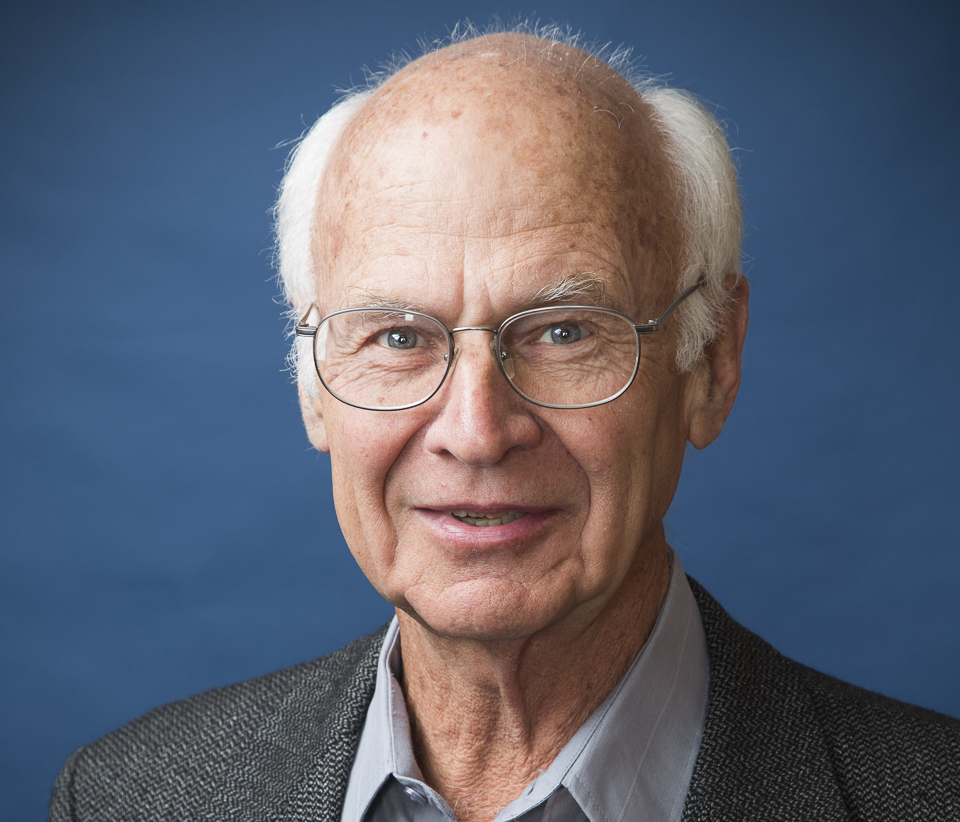
Cellular Sentries
Before we learned to make antimicrobial medicines and vaccines, before we had disinfectants and chemotherapies, we had interferons to thank for protection from viral infections. Like sentries guarding the gates against enemy intruders, these naturally occurring proteins are the body’s first line of defense against viral invasions, signaling the immune system into action and “interfering” with viral replication.
Interferons were first described by Alick Isaacs and Jean Lindenmann in 1957, after they observed the inhibition of virus growth on animal cells previously exposed to an influenza virus. Unlike vaccine therapies, interferons are not virus-specific, and have been recognized as a cornerstone of what is now known as the innate immune system, which encompasses a series of physiological and biochemical responses to the presence of invading microbes. While interferons and their mechanisms have been studied for decades, they remain a critical and significant field of research, especially in an age of powerful and constantly evolving viruses that spread rapidly.
UC Santa Barbara Distinguished Professor Charles E. Samuel, an internationally recognized pioneer and leader in the study of interferons, will give the talk “Viral Threats to Humankind — Antivirals and Lessons Learned from Interferons,” Thursday, Oct. 5, as UCSB’s 62nd Annual Faculty Research Lecture. The highest honor bestowed upon a UCSB professor by his or her peers, the lecture recognizes extraordinary scholarly distinction. The event will take place at Corwin Pavilion in the campus’s University Center, with the lecture beginning at 4 p.m., followed by a reception at 5 p.m. Both are free and open to the public.
Samuel, who previously held the Charles A. Storke II Chair in the Department of Molecular, Cellular and Developmental Biology, will give a general overview of the interferon system, and of lessons learned from the study of interferons.
“Interferons not only have served as important therapeutics to treat viral diseases when no vaccine or antiviral chemotherapeutic was available, but their study also has led to novel insights and understanding of processes by which gene expression is regulated,” Samuel said.
Samuel received his B.S. in chemistry from Montana State University, Bozeman, and his Ph.D. in biochemistry from UC Berkeley. Awarded a Damon Runyon Postdoctoral Fellowship, he then trained at Duke Medical School prior to joining the UCSB faculty in 1974.
With a particular focus on the antiviral actions of interferons, Samuel’s scholarly interests include virus-host interactions and the molecular basis of innate immunity. His laboratory is best known for its seminal research on two genes and the proteins they encode: the PKR kinase that blocks viral protein synthesis, and the ADAR deaminase that recodes genetic information. Most recently, Samuel has searched for nucleic acid triggers and cellular sensors that distinguish between self (cell) and non-self (pathogen)genetic information during activation of the innate immune response, with focus on the measles virus.
An elected fellow of the Medical Sciences Section of the American Association for the Advancement of Science, Samuel also is an elected fellow of the American Academy of Microbiology, a Humboldt Foundation Forschungspreis recipient and an honorary lifetime member of the International Cytokine and Interferon Society.



